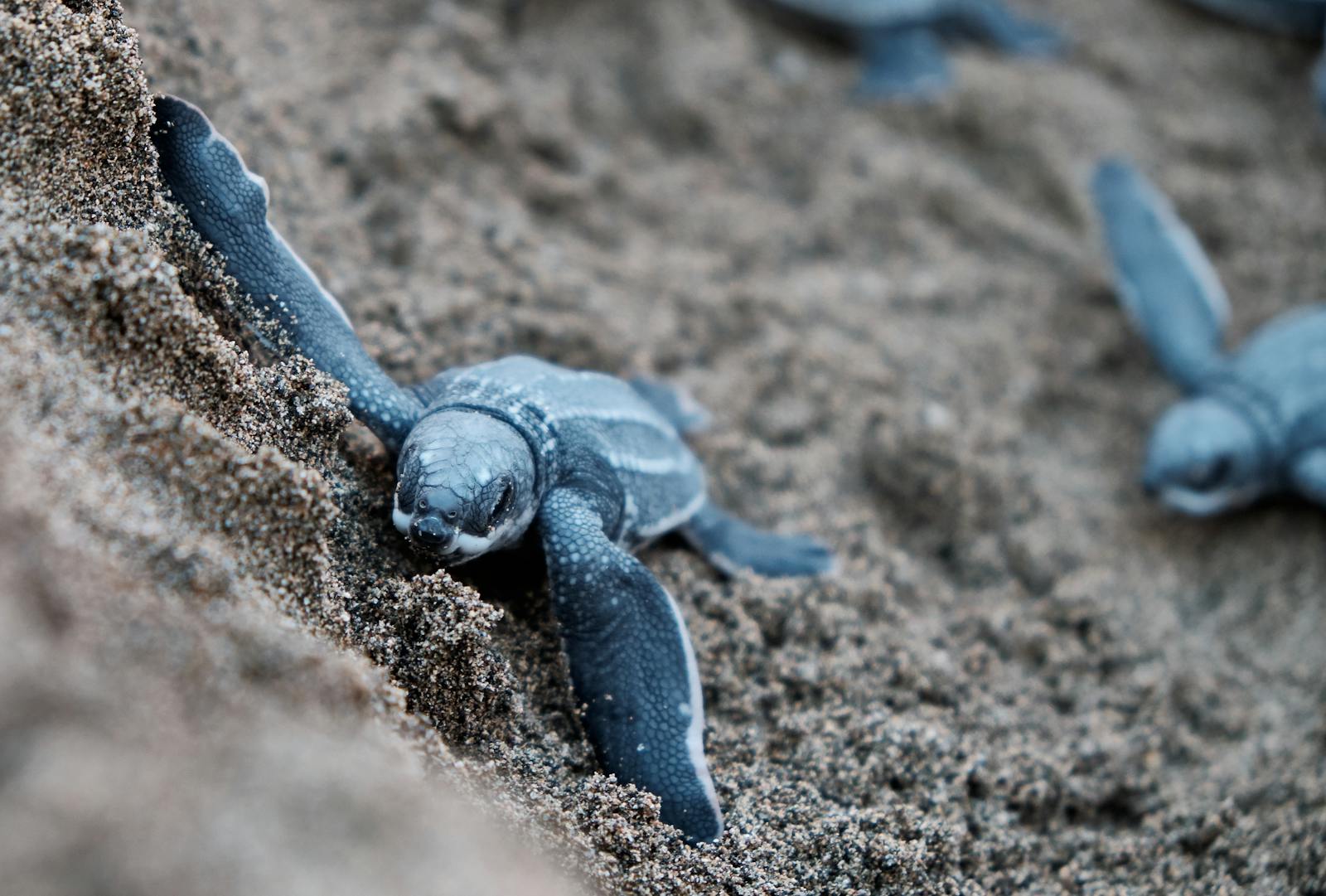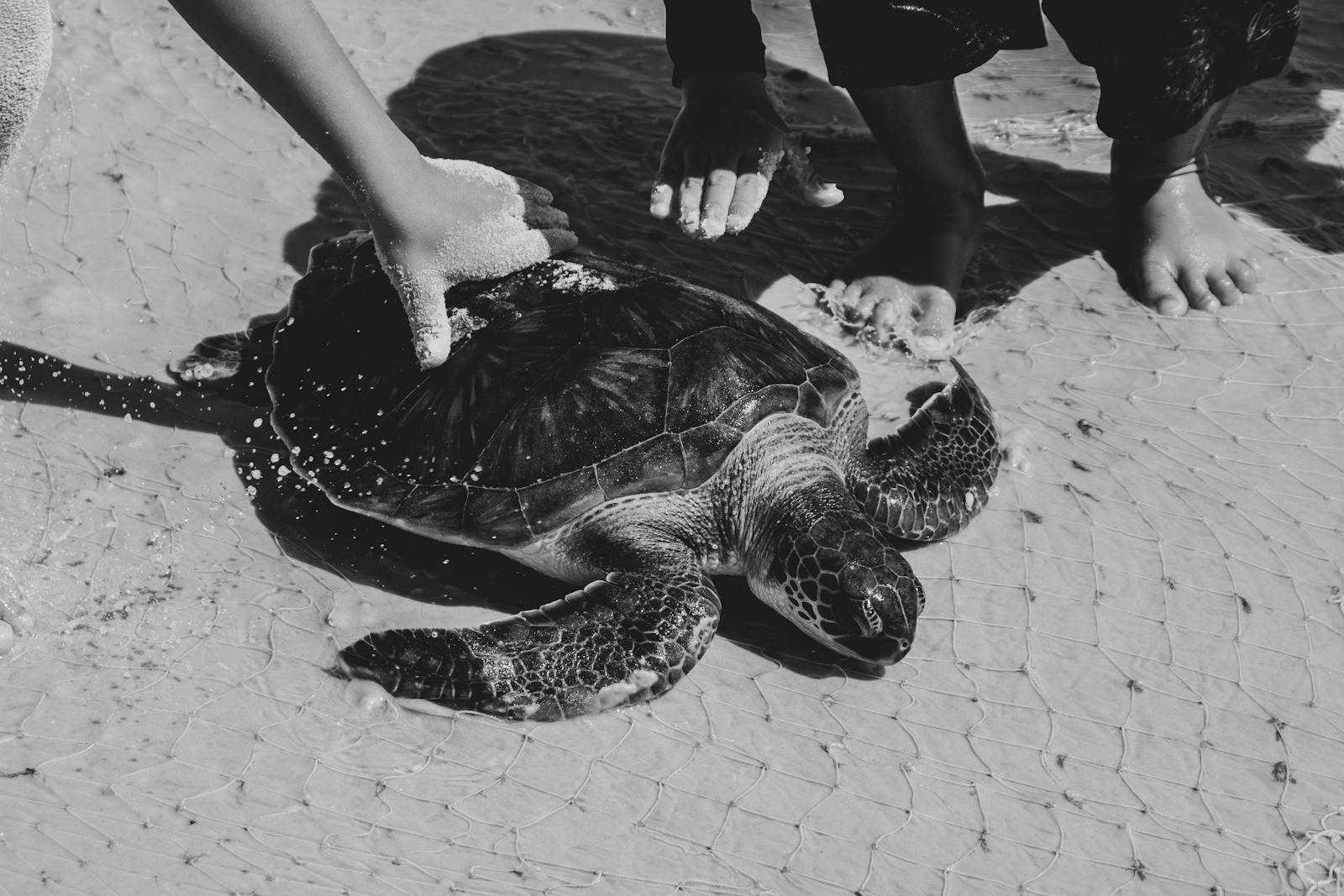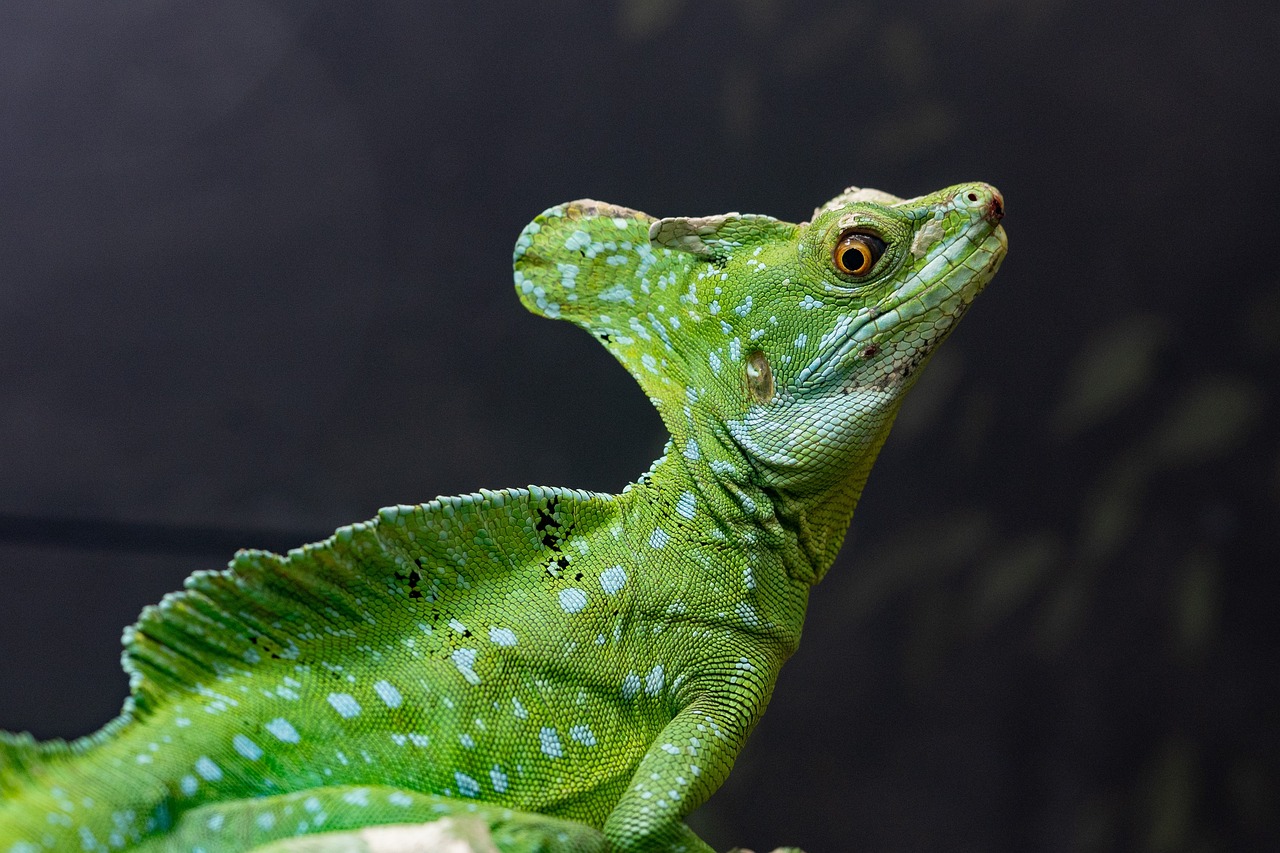Climate change represents one of the most significant challenges facing wildlife in the 21st century, with reptiles being particularly vulnerable due to their ectothermic nature and specific habitat requirements. Unlike mammals and birds, reptiles cannot internally regulate their body temperature, making them highly dependent on environmental conditions for survival. As global temperatures rise, weather patterns shift, and habitats transform, reptile populations worldwide face unprecedented threats. From desert-dwelling lizards to sea turtles and forest-dwelling snakes, climate change is altering the fundamental ecological parameters that have shaped reptile evolution for millions of years. This article explores the multifaceted impacts of climate change on reptile habitats across different ecosystems, examining both current effects and future projections for these ancient and diverse creatures.
Temperature-Dependent Sex Determination Under Threat
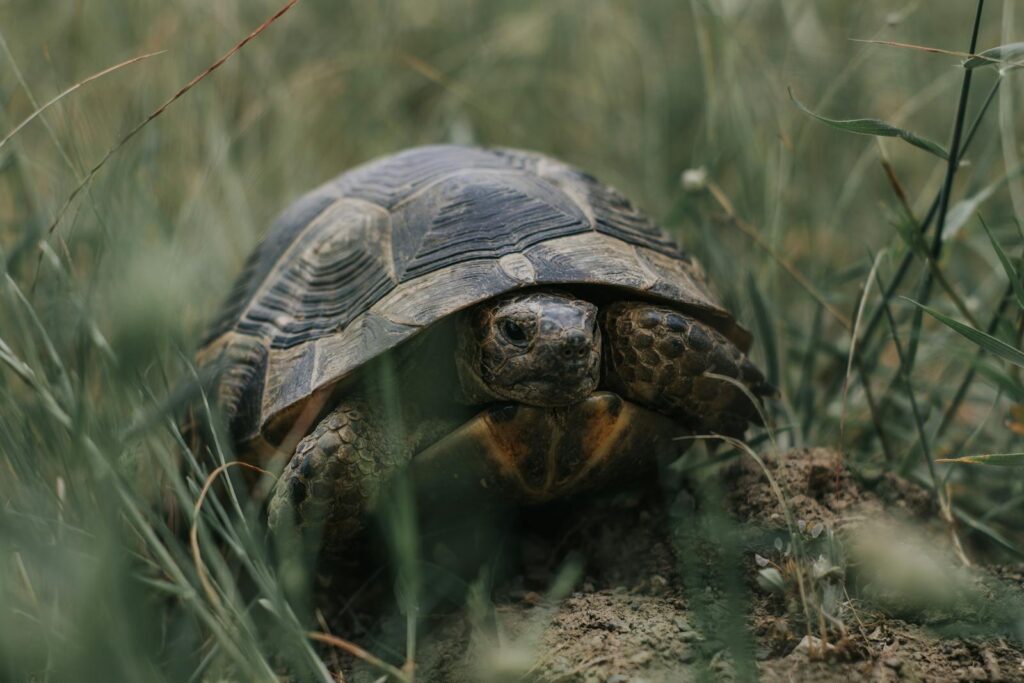
Many reptile species, particularly turtles and some lizards, exhibit temperature-dependent sex determination (TSD), where the temperature during egg incubation determines the sex of the offspring. For example, in many turtle species, warmer temperatures produce more females, while cooler temperatures result in more males. With global temperatures rising, researchers have documented alarming sex ratio skews in multiple species, including critically endangered sea turtles. A study on green sea turtles in the northern Great Barrier Reef found that more than 99% of juveniles were female due to warming nesting beaches, threatening the future reproductive potential of these populations. This fundamental biological process, evolved over millions of years, is now being disrupted at a pace that may exceed reptiles’ capacity to adapt.
Loss of Coastal Nesting Habitats
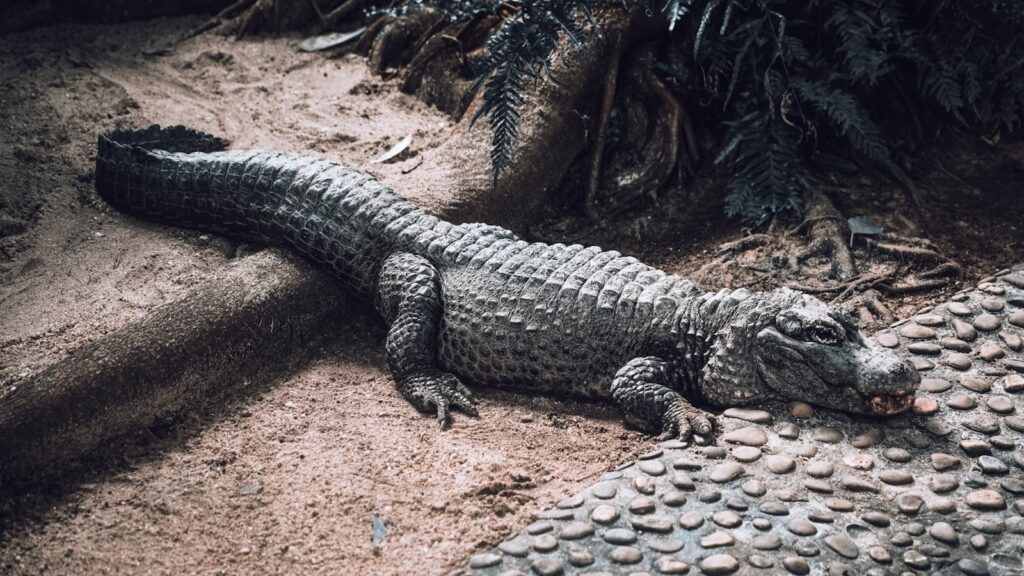
Sea level rise presents an existential threat to reptiles that depend on coastal habitats for nesting, particularly sea turtles and certain species of crocodilians. Global sea levels are projected to rise between 0.3 and 1.2 meters by 2100, which will submerge crucial nesting beaches worldwide. The problem is compounded by coastal development and seawalls that create “coastal squeeze,” preventing beaches from naturally migrating inland as sea levels rise. In the Caribbean, researchers estimate that up to 50% of current sea turtle nesting beaches could be lost with just a half-meter rise in sea level. For species like the leatherback turtle that return to specific beaches to nest, this habitat loss could prove catastrophic, disrupting nesting behavior that has remained consistent for centuries.
Shifting Ranges and Habitat Fragmentation
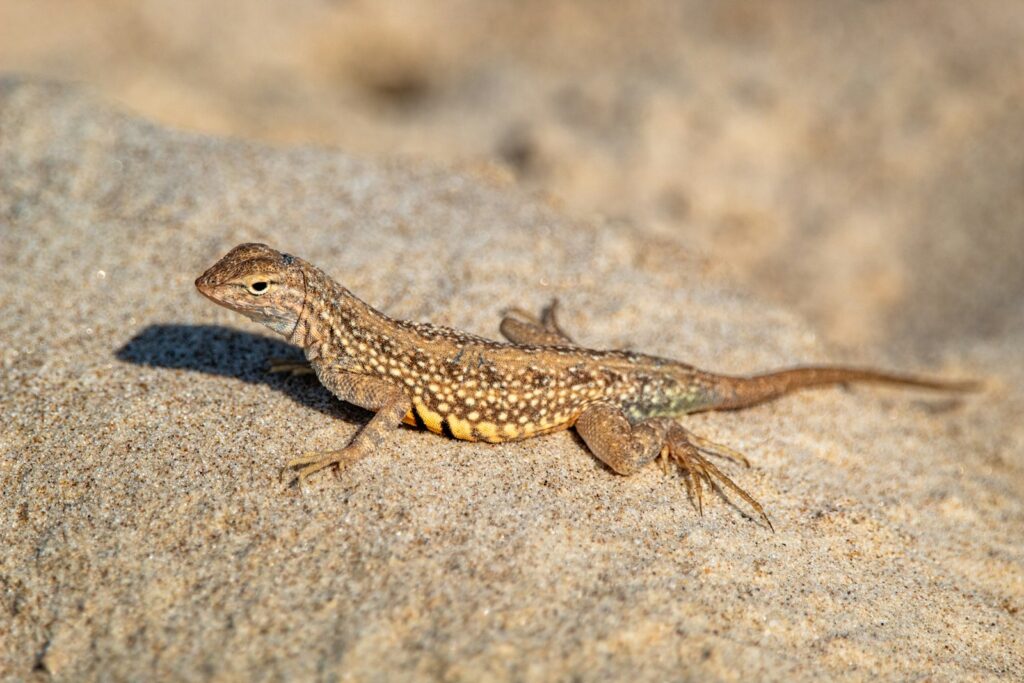
Climate change is forcing reptile species to shift their geographic ranges to track suitable climatic conditions, typically moving toward higher elevations or latitudes. However, human development has fragmented natural landscapes, creating barriers that impede these necessary movements. For example, the Eastern collared lizard in the Ozark Mountains cannot cross deforested areas to reach cooler habitats as temperatures rise. A global analysis published in Science found that reptiles would need to move an average of 1,000 meters upslope or 140 kilometers poleward by 2100 to maintain their current climatic conditions. For species with specialized habitat requirements or limited dispersal abilities, such as many skinks and geckos, these shifts may be impossible, potentially leading to local extinctions throughout their current ranges.
Altered Precipitation Patterns and Drought
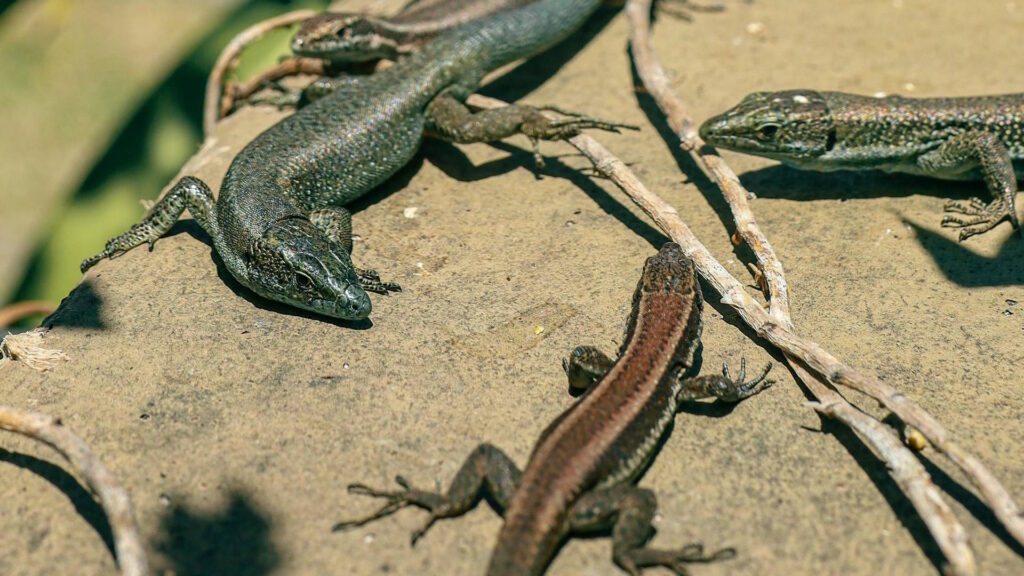
Climate change is disrupting precipitation patterns worldwide, with many regions experiencing more severe droughts and others facing increased rainfall and flooding. These changes profoundly affect reptile habitats, particularly for species adapted to specific moisture conditions. In Australia’s arid regions, extended drought periods have reduced water availability for desert-dwelling lizards like the central bearded dragon, affecting both their direct hydration and the insect populations they depend on for food. Conversely, increased precipitation in tropical areas can flood reptile nests and hibernation sites, as observed with certain tortoise species in the southeastern United States. For semi-aquatic reptiles like many turtle species, drought can cause wetlands to dry completely, forcing dangerous overland movements in search of new water bodies and increasing vulnerability to predation and road mortality.
Thermal Constraints and Activity Windows
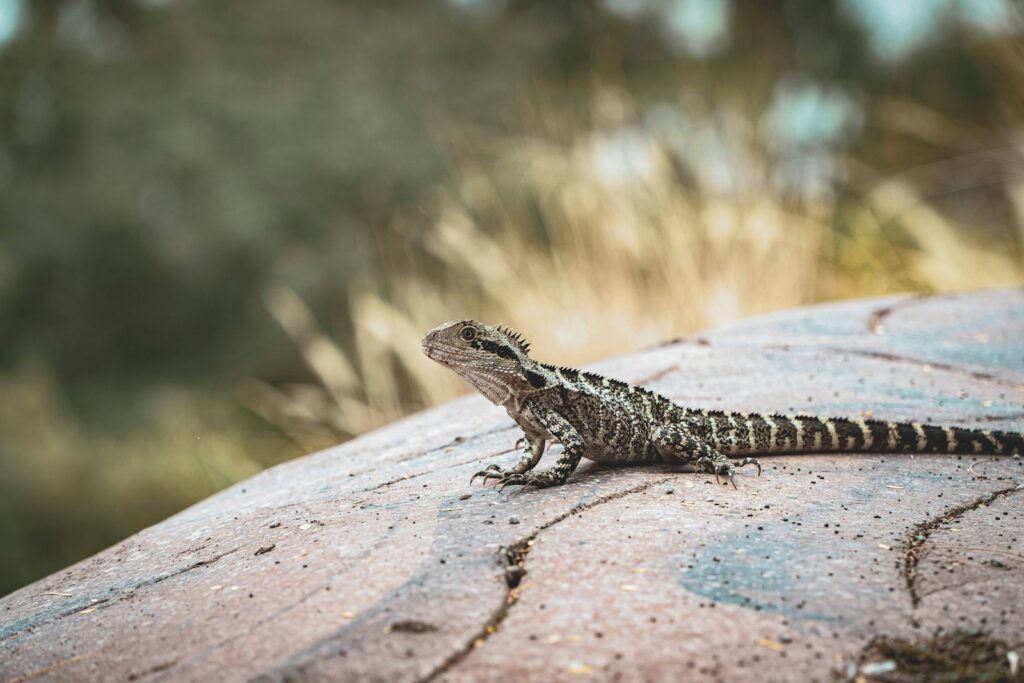
Rising temperatures are narrowing the “thermal activity window” for many reptile species, reducing the time available for essential behaviors like foraging, mating, and territory defense. In Mexico’s Sonoran Desert, researchers have documented horned lizards retreating to shade and burrows earlier in the day as temperatures exceed their thermal tolerances, resulting in reduced feeding time and lower body condition. For some tropical lizard species that already live near their upper thermal limits, even small temperature increases can force them to spend more time cooling and less time securing resources. A study in Nature Climate Change predicted that by 2080, many Mexican lizard species could face activity restrictions of over 40% during the breeding season, potentially leading to population collapses as reproduction becomes increasingly constrained by heat.
Changes in Food Web Dynamics

Climate change disrupts ecological relationships and food webs upon which reptiles depend, creating mismatches between predators and prey. Shifts in insect emergence times, plant flowering, and fruit production can reduce food availability for reptiles that have evolved to synchronize their life cycles with these resources. In Costa Rica, researchers have documented how changes in rainfall patterns affect leaf litter depth and composition, reducing prey availability for ground-dwelling reptiles like anoles and skinks. For specialized feeders like the Indigo snake, which primarily consumes other reptiles, climate impacts cascade through the food web as their prey species decline. These disruptions in resource availability can lead to decreased reptile body condition, reduced reproductive output, and ultimately, declining population sizes across affected habitats.
Extreme Weather Events and Reptile Mortality
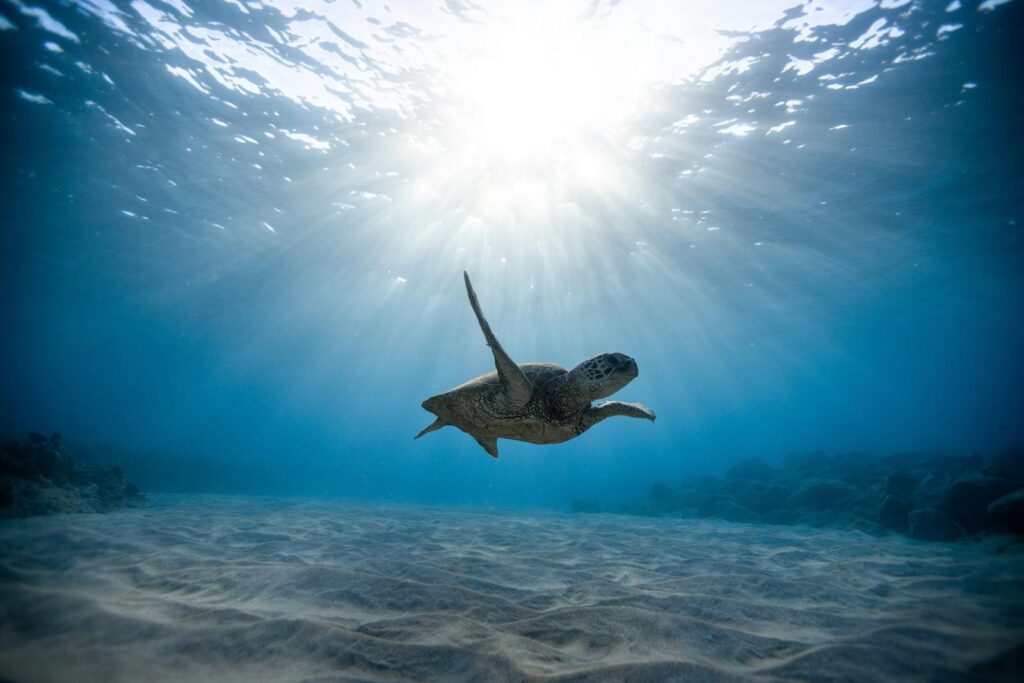
The increasing frequency and intensity of extreme weather events—hurricanes, floods, wildfires, and heat waves—pose acute threats to reptile habitats and survival. Sea turtle nests are particularly vulnerable to storm surge and beach erosion from hurricanes, with entire nesting seasons sometimes lost to single storm events. In Australia, record-breaking heat waves have caused mass die-offs of flying foxes and other wildlife, while simultaneously affecting reptiles unable to escape extreme temperatures. The 2019-2020 Australian bushfires devastated reptile habitats across millions of hectares, with estimates suggesting over three billion vertebrate animals were killed or displaced, including countless reptiles. For small, isolated populations of threatened reptiles, such extreme events can push species to extinction before they can adapt to gradually changing conditions.
Impacts on Reptile Thermoregulation
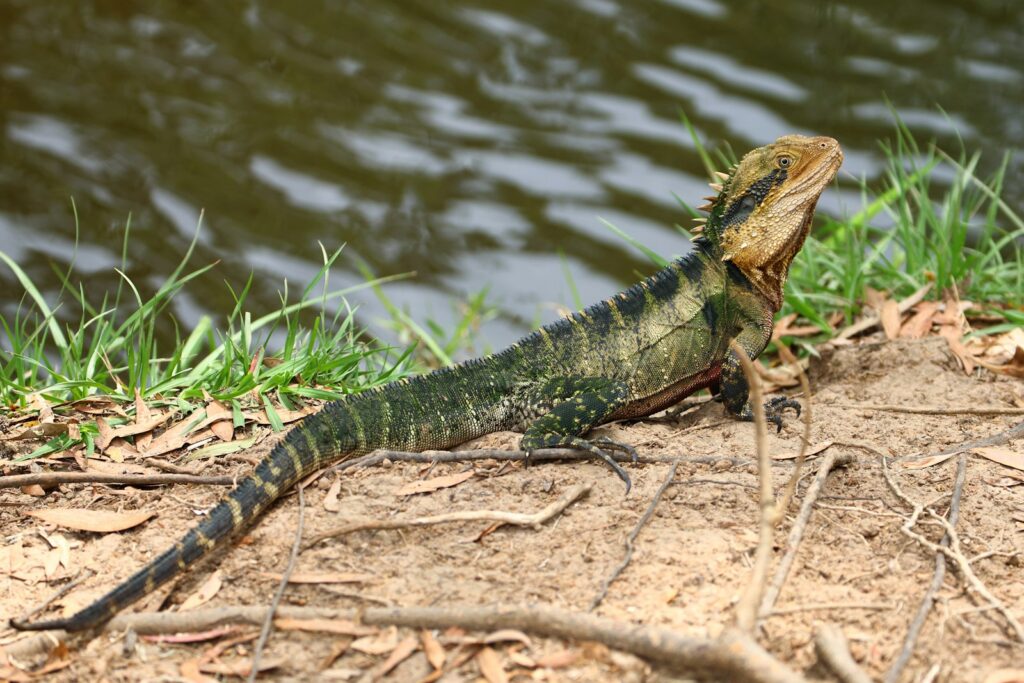
Reptiles have evolved sophisticated behavioral thermoregulation strategies, moving between sun and shade to maintain optimal body temperatures for physiological functions. Climate change disrupts these carefully balanced behaviors by altering the thermal properties of habitats. In forest habitats, canopy structure provides crucial thermal refugia for many reptile species, but droughts and fires associated with climate change are transforming these forests, eliminating shade resources. A study of Australian water dragons found that individuals in urban heat islands spent significantly more energy on thermoregulation and showed reduced growth rates compared to those in cooler, more vegetated habitats. For montane species, warming temperatures can eliminate thermal refugia entirely as suitable microclimates disappear from mountain tops, a phenomenon researchers call the “escalator to extinction.”
Altered Hibernation and Brumation Patterns
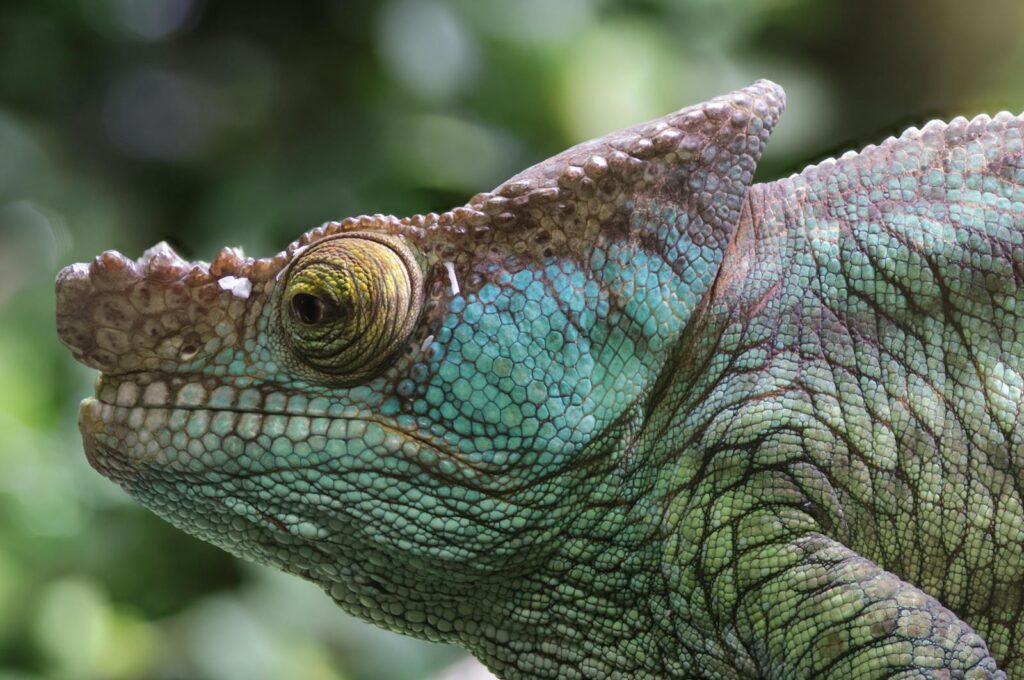
Many temperate reptile species undergo hibernation (or brumation in reptiles) during winter months, a critical period in their annual cycle that depends on reliable seasonal temperature changes. Warming winters and unpredictable temperature fluctuations are disrupting these patterns, with potentially severe consequences for reptile health and reproduction. Studies of eastern box turtles in the United States have shown that warmer winter temperatures can cause premature emergence from brumation, depleting energy reserves if cold weather returns. For species like the European adder, shorter winters with more frequent warm spells trigger increased metabolism during brumation periods when no food is available, potentially leading to starvation. These disruptions to overwintering behaviors can have population-level impacts, particularly in northern regions where winter conditions are changing most rapidly.
Increased Disease Susceptibility
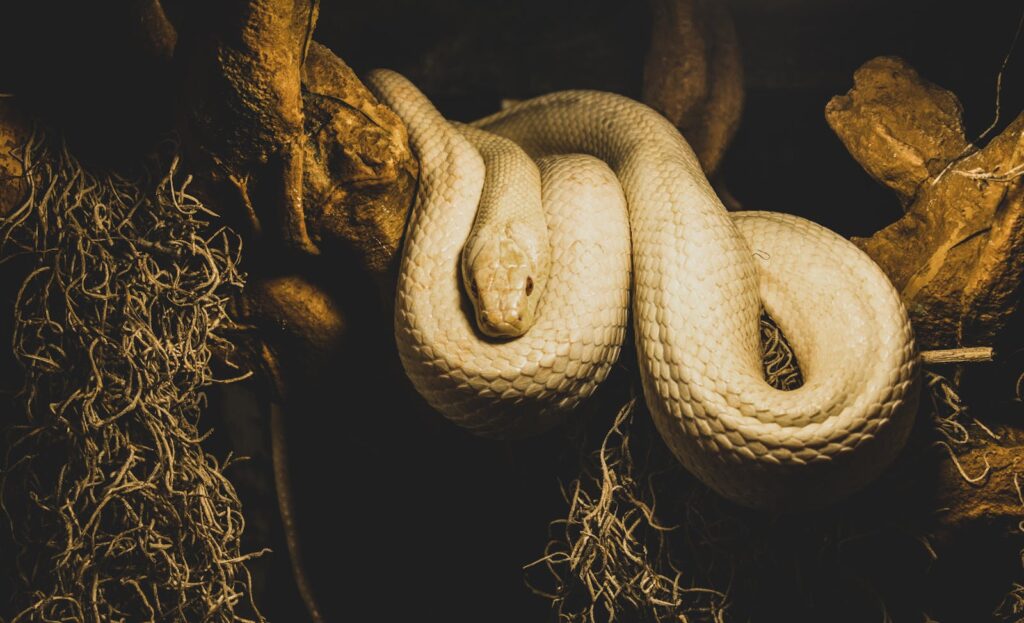
Climate change is altering disease dynamics in reptile populations, often increasing susceptibility to pathogens and parasites through multiple mechanisms. Warmer temperatures can accelerate pathogen reproduction rates while simultaneously stressing reptile immune systems, creating conditions favorable for disease outbreaks. The deadly fungal pathogen Ophidiomycosis (snake fungal disease) has emerged as a significant threat to wild snake populations in North America, with research suggesting its spread may be facilitated by changing climate conditions. Rising temperatures and altered rainfall patterns also expand the range of disease vectors like ticks and mosquitoes into previously unaffected reptile habitats. For already-vulnerable reptile populations, these emerging disease threats represent yet another climate-related stressor that can push species toward extinction.
Habitat-Specific Vulnerabilities

Different reptile habitats show varying vulnerabilities to climate change, with some ecosystems facing more immediate and severe threats than others. Tropical cloud forests, home to many endemic reptile species, are particularly at risk as warming temperatures literally push the clouds higher, fundamentally altering moisture regimes critical for specialist species. Freshwater turtles face compounding threats in river systems affected by both increased temperatures and altered flow regimes from changing precipitation patterns and human water management. Alpine reptile specialists like the viviparous lizard in Europe face “mountain-top extinctions” as their cool, high-elevation habitats disappear entirely. Island-dwelling reptiles may be among the most vulnerable of all, facing both direct climate impacts and sea-level rise that reduces available habitat, with nowhere to go as conditions change.
Conservation Strategies and Adaptation

Despite the significant challenges, conservation biologists are developing strategies to help reptile populations adapt to changing climates and preserve critical habitats. Managed relocation, or assisted migration, involves moving species or populations to areas predicted to provide suitable habitat under future climate scenarios, though this remains controversial among conservationists. Habitat corridors and connectivity conservation aim to facilitate natural range shifts by preserving pathways between current and potential future habitats. For endangered sea turtles, nest shading and beach renourishment programs help maintain appropriate incubation temperatures and counteract beach erosion. Perhaps most crucial are efforts to establish climate refugia—areas where local conditions may buffer climate change effects—allowing some populations to persist as surrounding habitats become unsuitable. Each of these approaches requires careful planning, monitoring, and adaptive management to effectively support reptile conservation in a changing climate.
The Future of Reptiles in a Warming World
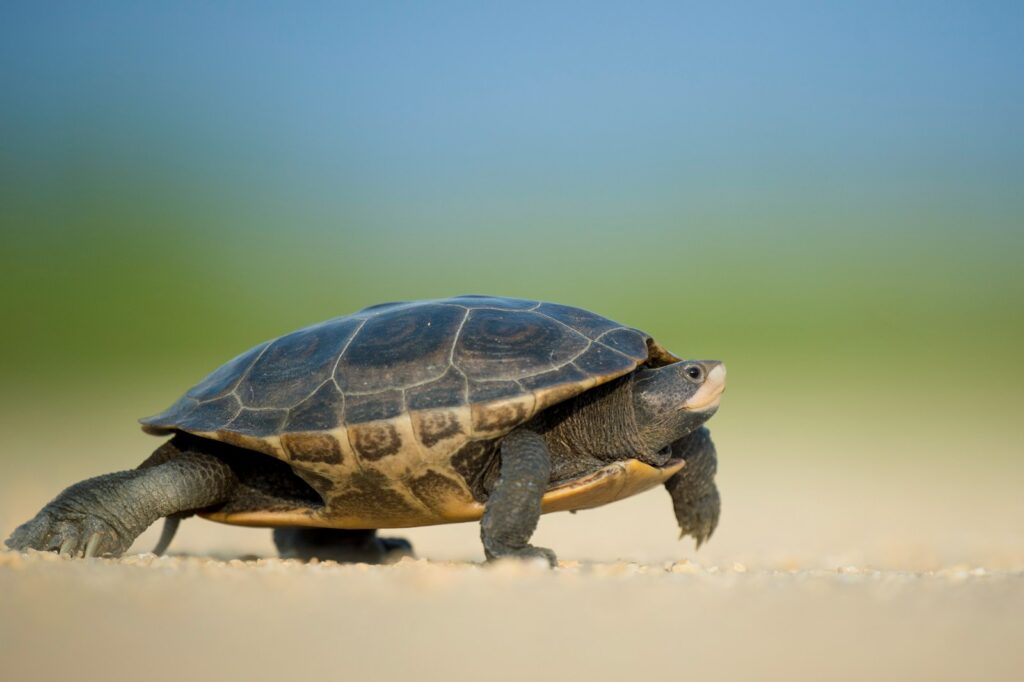
The long-term survival of many reptile species will depend on their capacity for adaptation—both behavioral and evolutionary—to rapidly changing conditions. Some species show promising signs of resilience; certain lizards have demonstrated rapid evolution of heat tolerance in response to warming, while some turtles exhibit plasticity in nesting behavior that may help counter warming nest temperatures. However, evolutionary adaptation requires time, and climate change is occurring at an unprecedented rate relative to past environmental shifts that reptiles have weathered. A comprehensive assessment published in Nature in 2022 suggested that over 20% of reptile species globally could face extinction in the coming decades, with climate change acting as a major driver alongside habitat destruction and other threats. The most effective action to protect reptile biodiversity remains rapid and significant reduction of greenhouse gas emissions to limit the magnitude of future climate change.
Conclusion
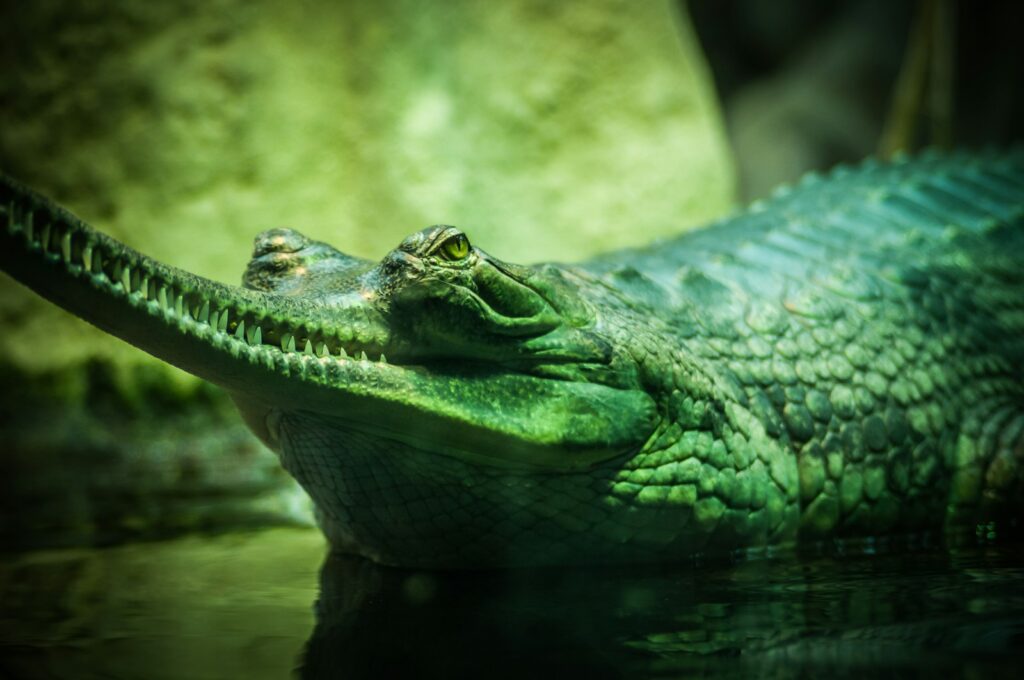
In conclusion, climate change represents a profound and multifaceted threat to reptile habitats worldwide, affecting everything from sex determination to activity patterns, food availability, and basic survival requirements. The ectothermic nature of reptiles makes them particularly vulnerable to changing thermal regimes, while their relatively limited dispersal abilities hamper natural adaptation through range shifts. Conservation efforts must address both immediate threats through targeted interventions and longer-term challenges through habitat protection and connectivity. As Earth’s climate continues to warm, the fate of many reptile species—some representing lineages that have survived for hundreds of millions of years—hangs in the balance. Their future will depend largely on the success of global efforts to mitigate climate change and implement effective conservation strategies tailored to the unique needs of reptiles across diverse ecosystems.


